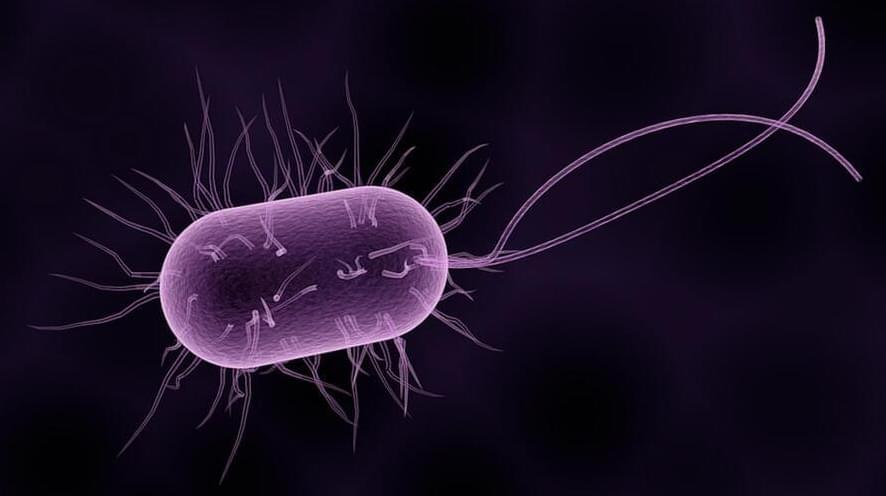Our immune system is built to detect foreign invaders, pathogens, and debris, and then eliminate them. So how does it deal with the trillions of microbial cells that make a home for themselves in our gastrointestinal tract? Scientists have now found an answer to that question, and the evidence they revealed has also changed what we know about the interactions between immune receptors and a protein that helps move bacteria around, called flagellin. The findings have been reported in Science Immunology.
There are many beneficial microbes in the human gut microbiome, and we need many of those microorganisms to help us break down food and absorb nutrients, for example. But there are also pathogenic gut germs. The immune system can recognize those pathogenic microbes with different receptors, one of which is called toll-like receptor 5 (TLR5). TLR5 attaches to flagellin, a protein found in the flagellum of bacteria, a structure that propels bacterial cells. When TLR5 binds to flagellin, an inflammatory response is triggered.










Comments are closed.